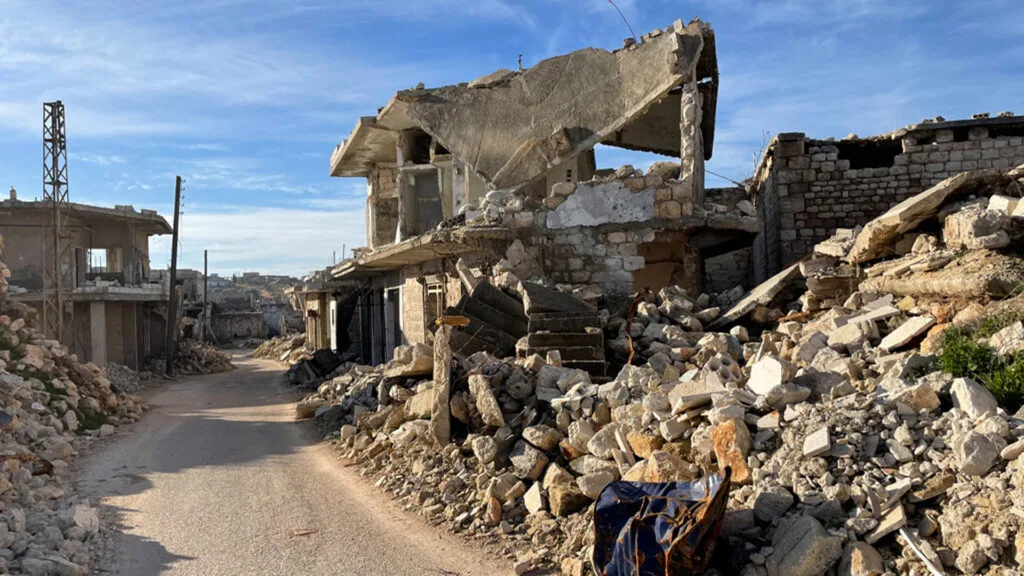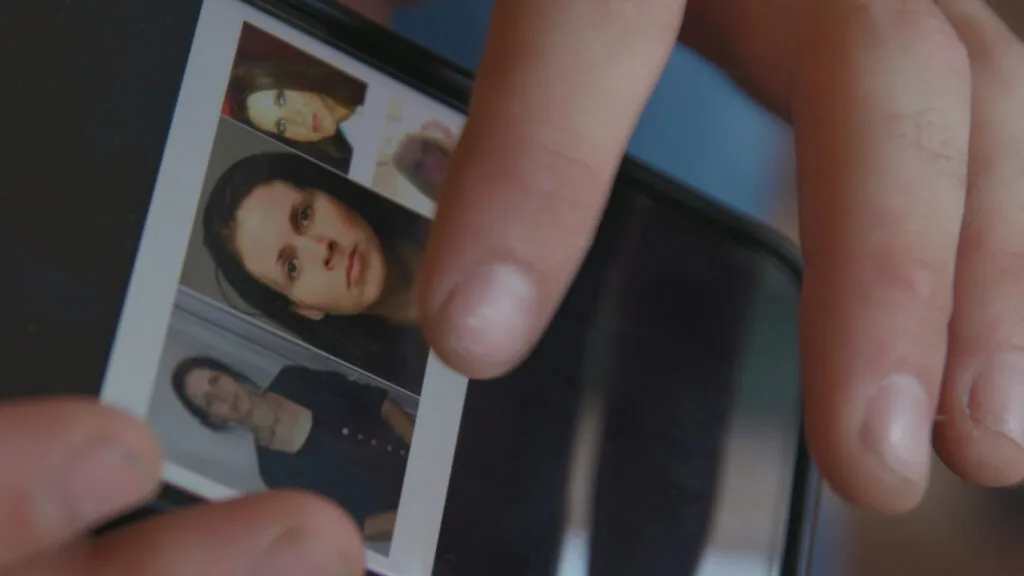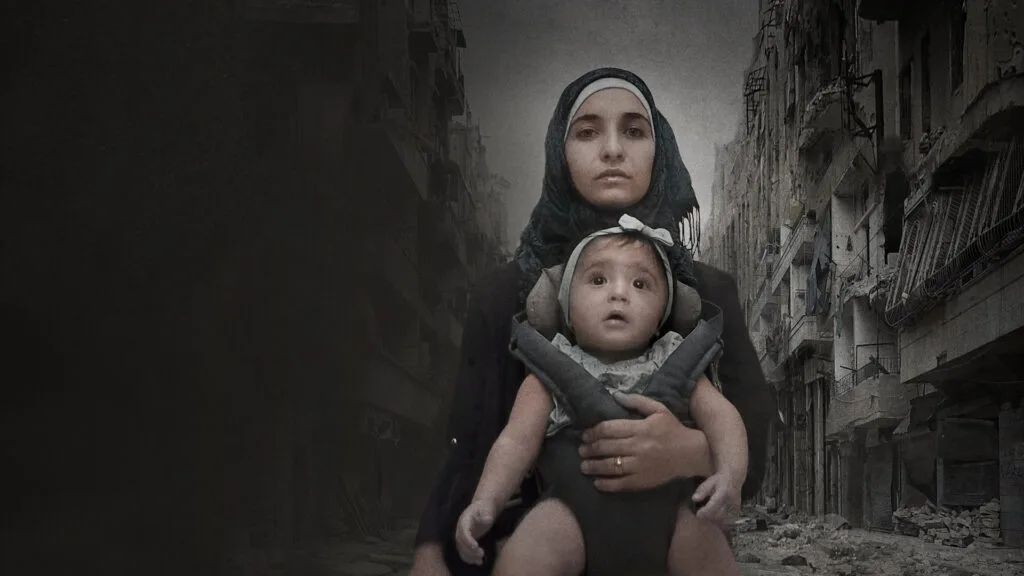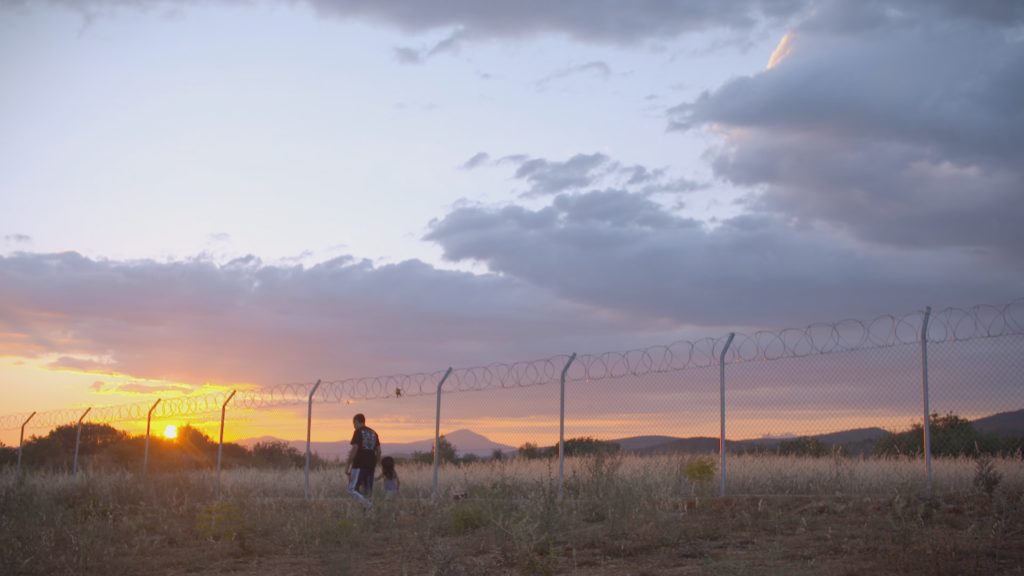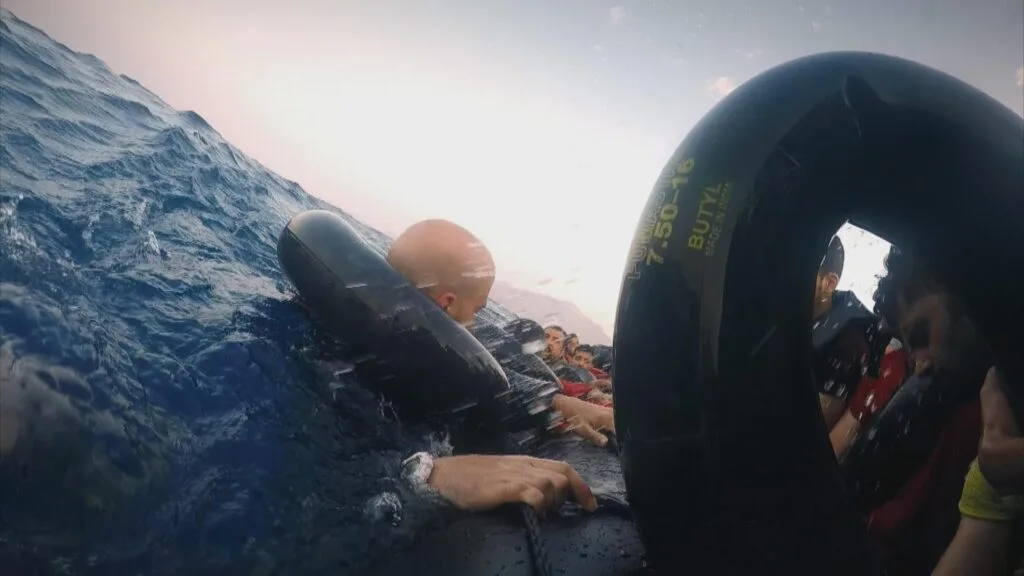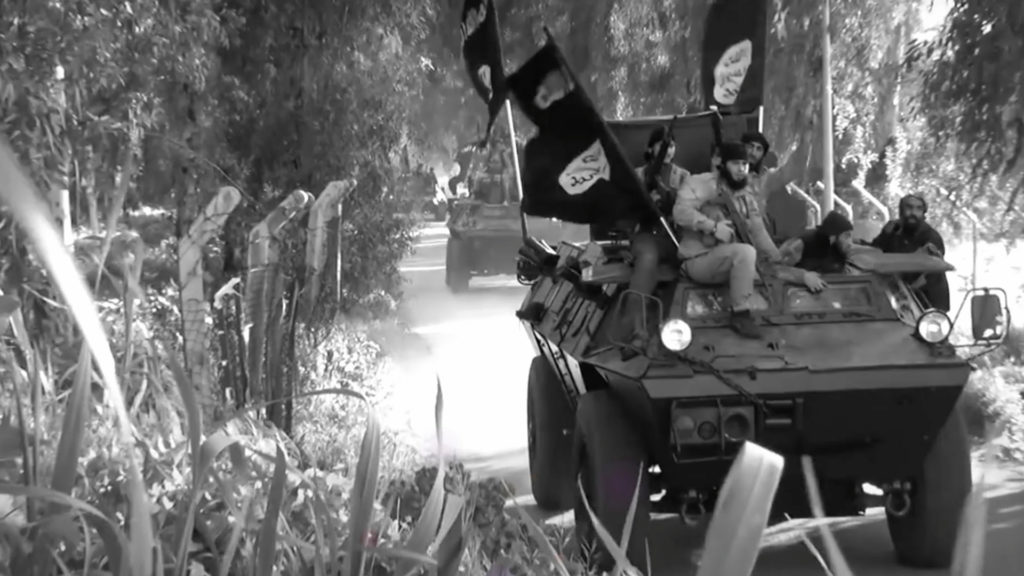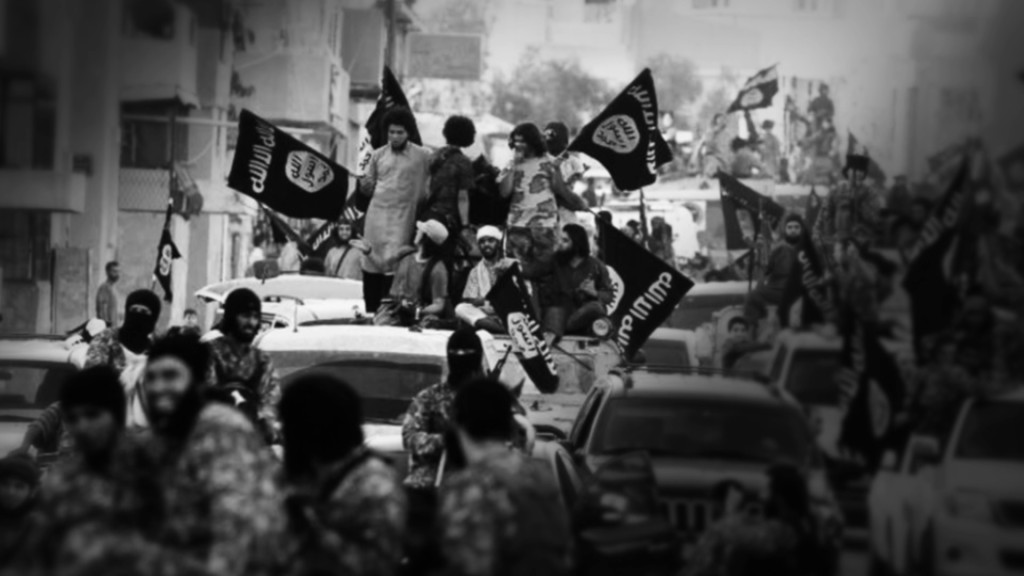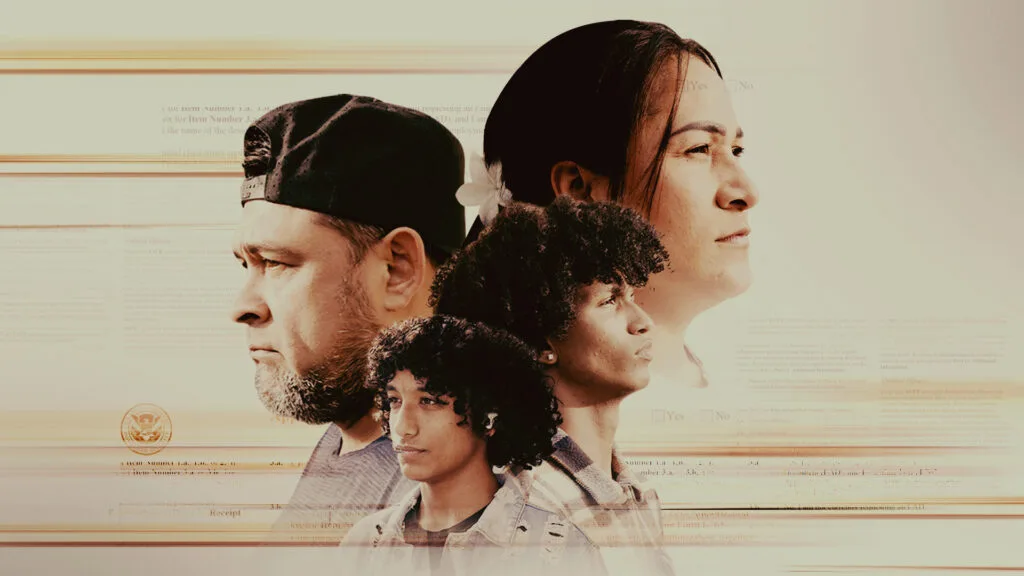Children of Syria By the Numbers
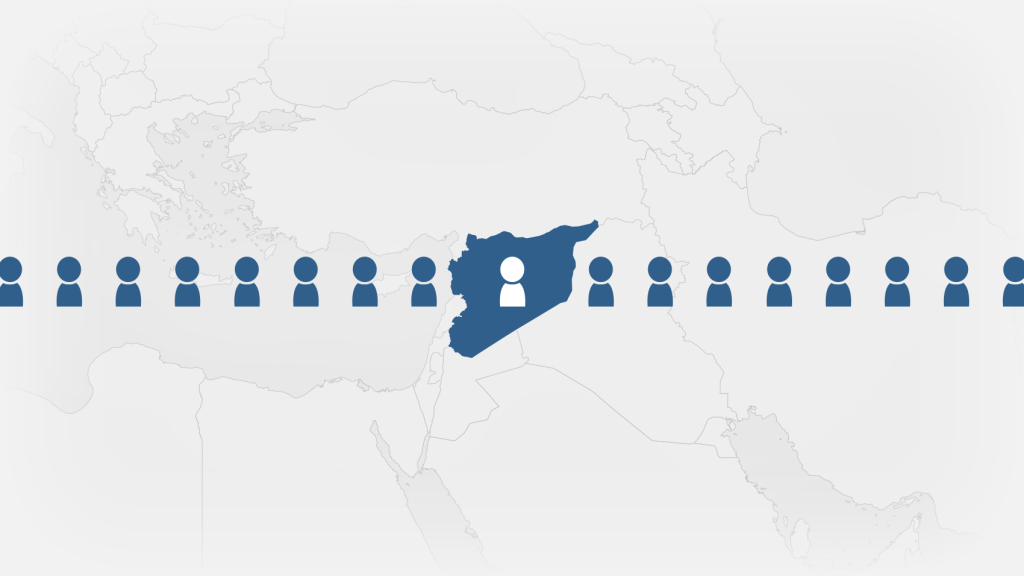
April 19, 2016
Share
In more than five years of war, the fighting in Syria has left an estimated 470,000 dead, more than 1 million injured, and driven 11.3 million from their homes.
For the millions of children caught in the middle, the war has taken an especially painful toll. According to UNICEF, 8.4 million children – more than 80 percent of Syria’s child population – have been affected by the conflict, either in Syria or as refugees in neighboring countries. In 2015 alone, the agency documented nearly 1,500 “grave violations” against children. The majority of these violations were cases of killing or maiming from the use of explosive weapons in populated areas, the agency said.
“In short, no place today is safe for Syria’s children,” the agency’s regional chief, Peter Salama, said in March.
It is difficult to know exactly how many children have died as a result of the war, but the United Nations has placed the number in the tens of thousands. Meanwhile, for those still in the war zone, or living abroad as refugees, daily life has become increasingly trying. A closer look by the numbers:
8 in 10 children in Syria are in need of humanitarian assistance.

Almost 4 in 10 children in Syria have been displaced from their homes.

Of the 6.5 million Syrians who’ve been internally displaced from their homes, an estimated 2.8 million are children. For many of these kids, poor nutrition and lack of access to healthcare have become life-threatening issues. As Save the Children noted in a 2014 report, “It is not just the bullets and the shells that are killing and maiming children. They are also dying from the lack of basic medical care.” In a nation where countless hospitals and medical facilities have been destroyed, routine vaccination services are no longer available for one third of children under five. Deadly diseases like measles and meningitis are now back on the rise. Even polio, which was eradicated in Syria in 1995, is back, with as many as 80,000 children in Syria now thought to be carrying it.
Access to education has been similarly decimated. Since the beginning of the crisis, more than 4,000 attacks on schools have been recorded. Half of school-age children were not enrolled in school in the 2014–2015 school year, according to the Syrian Center for Policy Research.
3 in 10 Syrian children under age 5 have not received routine vaccination.

1 in 4 schools have been damaged, destroyed or occupied.

5 in 10 children are out of school.

Of the 4.8 million registered Syrian refugees, half are children, according to the United Nations’ commission for refugees. Most are still living in neighboring Middle Eastern nations — 2 million Syrian children have crossed into Turkey and Lebanon alone. Because of the sheer number of refugees, these countries are struggling to provide shelter, resources and opportunities for Syrians fleeing the war. Poverty is high, access to education is low, and children are showing symptoms of psychological strain from the traumas of witnessing war.
In Lebanon, 8 in 10 Syrian children are not enrolled in school.

More than 6 in 10 Syrian refugees in Jordan live below the poverty line.

In one study in a Turkish refugee camp, more than 4 in 10 Syrian children showed symptoms of post-traumatic stress disorder.

In the camp of 8,360 Syrian Refugees, a staggering 79 percent of the children had experienced someone in their family dying, according to the study by the Migration Policy Institute.
Only about 1 in 20 Syrian refugee children have sought asylum in the European Union.


Email:
dan_nolan@wgbh.orgRelated Documentaries
Latest Documentaries
Related Stories
Related Stories
Policies
Teacher Center
Funding for FRONTLINE is provided through the support of PBS viewers and by the Corporation for Public Broadcasting. Additional funding is provided by the Abrams Foundation; Park Foundation; the John D. and Catherine T. MacArthur Foundation; and the FRONTLINE Journalism Fund with major support from Jon and Jo Ann Hagler on behalf of the Jon L. Hagler Foundation, and additional support from Koo and Patricia Yuen. FRONTLINE is a registered trademark of WGBH Educational Foundation. Web Site Copyright ©1995-2025 WGBH Educational Foundation. PBS is a 501(c)(3) not-for-profit organization.


